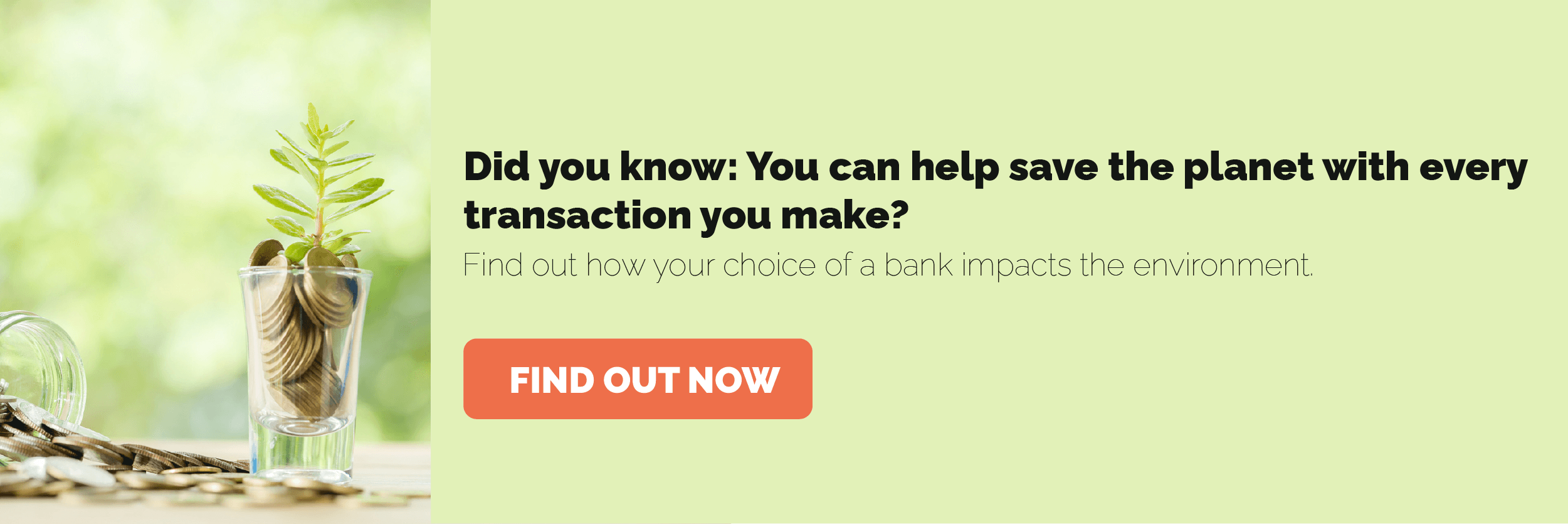
Photo by: Tyler Casey on Unsplash.
Basically, as long as we live, we contribute to carbon emission continuously.
Carbon footprint is a layman term to gauge the environmental impact caused by the greenhouse gas released into the atmosphere. It is often expressed in terms of tonnes of carbon dioxide equivalents, encompassing different types of pollutants but converted into a single unit to simplify calculations. The majority pollutant causing global warming is the carbon dioxide gas, which we release into the atmosphere when we breathe, when we consume electricity, when we travel.
It is almost impossible to calculate the amount of carbon emission accurately, the carbon footprint is often merely an estimate.
Most of the carbon emission originates from the production and consumption of goods and services. Recently, there is a growing awareness among Australians to opt for more sustainable products and services, striving to minimise the environmental impacts through our daily habits. In fact, most global financial institutions such as banks and lenders fund these activities.
In this article, we will discuss the following:
- Are home loans carbon neutral?
- How do banks contribute to carbon emission?
- How do banks help to reduce carbon emission?
Are home loans carbon neutral?
If you think your home loans are just bank agreements, then you are missing out on the bigger picture here.

When you take up a home loan, you get your mortgage and start to repay the principal amount with the interest associated with the loan for a definite period of time. The banks leverage this revenue to fund its daily operation and the wider economy. According to the CDP Worldwide, in 2020, the total fundings from global financial institutions into the economy had resulted in 3% of global carbon dioxide gas emissions, which is equivalent to 1.04 gigatonnes of carbon dioxide gas released into the atmosphere.
From the operation aspect, banks run branches in different locations, use computers to manage customers’ data, send out paper bank statements and most probably, outsource some non-essential tasks to third-party agencies. Everything listed above screams carbon emission.
Still convinced that your home loans are just agreements or contracts between you and your banks?
If you are considering taking up or switching to an ethical home loan, leave us a message here. Alternatively, use our calculators to determine your monthly repayment amount.
How do banks contribute to carbon emission?
As mentioned earlier, banks support economic growth by investing in different industries and sectors. Banks are capable of doing so by:
- Giving out business loans to organisations
- Investing in companies they deem profitable in the near future
With the growing consciousness around ethical investments, some banks recognise the need to divert their funds away from certain industries and companies. Specifically, those companies and industries that harm the environment. However, not all banks think so. The Rainforest Action Network (RAN) revealed that global financial institutions had provided more than $3.8 trillion to the fossil fuel industries after the Paris Agreement came into force in 2015.
While it is less likely for you to consider the carbon cost of your home loans, it is more practical to consider switching to services provided by ethical businesses.
Still looking for an ethical finance service provider? Contact us today!
How do banks help to reduce carbon emission?
The strategies in place to reduce carbon emission can be referred to as carbon offsetting. Carbon offset comprises a wide range of activities that aim to reduce carbon emission to achieve carbon neutral. Even if carbon neutral is not achieved, at the very least, carbon emission is reduced.
In recent years, traditional commercial banks have offered ethical investment options to their customers. These banks promise that the money from these products are not invested in unethical industries. One of these examples is the UBank Green Term Deposits. UBank uses funds from this deposit to offset carbon emission by investing in sustainable building projects.
The rise of ethical banks is also a response from the financial industry to support efforts in curbing climate change. For example, Bank Australia is among the first banks in Australia to pledge responsible investment as its core. It also offers a wide range of products to encourage its customers to go green.
Read this article to find out more about available green banking products in Australia.
Ending words:
The struggle of climate change is real and it’s our responsibility to be more ethically conscious about the things we do. At Benevolence Financial Group (BFG), we believe that in every action we do today, there will be a reaction in the future. Hence, we provide you free consultation on financial services available in the market, while donating half of our profit to our partnered charity organisations.
Talk to one of our experienced mortgage brokers today.
The information provided is general in nature and does not constitute financial advice. Please speak to us for recommendations on your individual circumstance and requirements.


